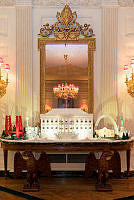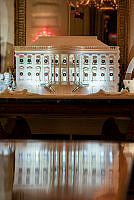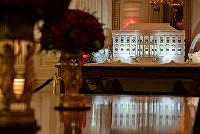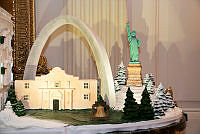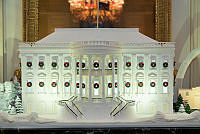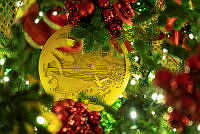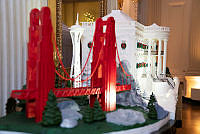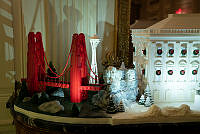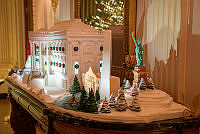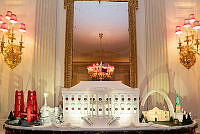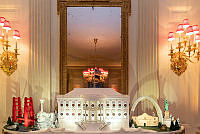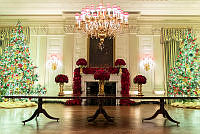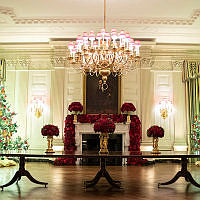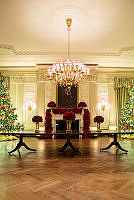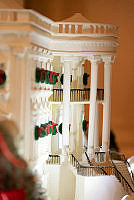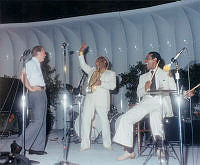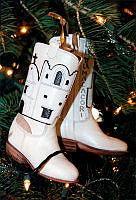The Navy Yard, Treasury Department & Other Buildings
Copyright © White House Historical Association. All rights reserved under international copyright conventions. No part of this article may be reproduced or utilized in any form or by any means, electronic or mechanical, including photocopying, recording, or by any information storage and retrieval system, without permission in writing from the publisher. Requests for reprint permissions should be addressed to books@whha.org
Washington awoke to a humid, cloudy day as an occupied city on August 25. Rear Admiral Sir George Cockburn and Captain John Wainwright of Cockburn's flagship, the HMS Tonnant, went to the Navy Yard to supervise the ignition of several structures that had survived American attempts to burn them the day before. British troops set fire to the three ropewalks of Tench Ringgold, Daniel Renner, and Nathaniel K. Heath and John Chalmers: although this was private property, the British wanted to deny the U.S. Navy any use of the hemp, tar and long strands of cordage within.
The British then moved on to the Georgian-style brick Treasury Department building at the President House's southeastern corner. Once they were satisfied that the structure contained no money or valuables, the Treasury was kindled and burned. The raiders headed to the east side of Seventeenth Street just above F Street and burned the brick State and War Department building. Only the frantic pleas of Superintendent of Patents William Thornton spared the Patent Office at Blodgett's Hotel on Eighth and E Streets, NW. The office of the National Intelligencer at 9th and E Streets, NW was not as fortunate. Cockburn, resentful at what he claimed were proprietor Joseph Gales's printed falsehoods, allowed his men to plunder and burn the offices while breaking printing presses and flinging type to the winds.
A British attempt to wipe out the arsenal at Greenleaf's Point, southwest of the ruined Capitol, turned into a ghastly disaster when gunpowder that had been pitched into a dried up well by departing American Troops exploded, resulting in more than thirty dead or wounded troops. Early in the afternoon an immense, ferocious thunderstorm pounded Washington, stifling some of the still-burning fires and accelerating British plans to withdraw toward Bladensburg.

The Treasury Department building as it may have appeared in 1804 (first published in 1872).




